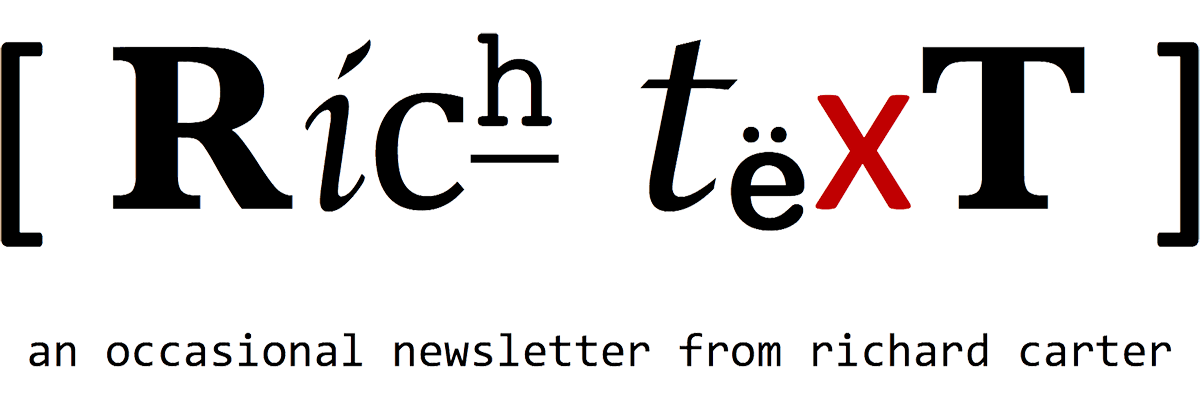
25 APRIL 2017
Hello.
As always round our way, the dawn chorus last Monday was initiated by a blackbird: half-hearted melodic chortles at first, but quickly growing in confidence. Then came the robin, great tits, blue tits, and wood pigeon, followed by a wren’s sonic fusillade, the underrated twittering of a dunnock, and the monotonous U-NI-TED! U-NI-TED! soccer-chant of a collared dove (he must have travelled up from London for the match). In the space of 15 minutes, the chorus had grown to a full-blown oratorio. But then came something I’d never heard in a dawn chorus before: the incongruous kee-wick of a tawny owl calling from our Scots pine. It was good to hear old brown owl contributing to the jocund din.
Early Spring has also seen a pair of rabbits take up residence in the garden, and a roe deer make a rare early morning visit to the field in front of the house. But still we anxiously await the swallows. Twitter contacts have begun to report their arrivals far and wide. And a friend in Perthshire positively squeeeeed in delight as the first swallows returned to her neighbourhood while we were talking on the phone last Saturday. But still no swallows in the West Yorkshire Pennines. They always seem to arrive later here than elsewhere. Perhaps they don’t relish the climb. But it surely can’t be very much longer…

Some stuff I thought worth sharing:
Like protons in the nucleus of a silicon atom, this newsletter’s recommendations number 14:
- Simon Armitage: ‘Language is my enemy—I spend my life battling with it’
Poet Simon Armitage on his love-hate relationship with writing. - How many great minds does it take to invent a telescope?
My friend and history-of-science curmudgeon Thony Christie on how, as so often happens in science and technology, many different people contributed to the invention of the telescope. - …and it’s not just in science and technology. In this uplifting video, which employs the surprising analogy of the world’s biggest ball of paint, John Green discusses how art and writing and most other human endeavours are best imagined as huge, sprawling collaborations.
- Withnail and I: 30 years on, it’s the perfect film for Brexit Britain
Ben Myers on Withnail & I: a film set in the Sixties, made in the Eighties and claimed by the Nineties, but which, 30 years on, is a film for our times. - Can you judge a book by its odour?
How distinctive book smells say something about how and when a book was made, and where it has been. - How Darwin Evolved: 25,540 Paper Fragments Tell the Story
On how computer experts are re-assembling Darwin’s research notes. - Putting walks into words
Author Linda Cracknell on converting walks into words: a subject very close to my heart. [See also my review of Cracknell’s Doubling Back.] - Daniel Dennett’s Science of the Soul
I have owned two of Daniel Dennett’s books for many years, but never managed to get into them. This fascinating profile of the philosopher made me think I should give his writing another chance. He sounds like a thoroughly good egg. - Should you feel sad about the demise of the handwritten letter? asks Siobhan Phillips… As someone who has been writing letters to the same friend on a regular basis for over 26 years, originally as word-processed printouts, nowadays as emails, my response has to be an unqualified ‘Not necessarily!’
- A politics of humanism can help build a just, free and more equal world
Disillusioned with all political parties following the EU Referendum, I decided to take some positive action by (finally) joining the British Humanist Association, which campaigns politely and positively on matters that seem important to me. This article explains how more humanist politics could make the world a better place. - Oldest tooth filling was made by an Ice Age dentist in Italy
Dentistry with stone tools, I kid you not. - A Tale of Cataclysm, Written in Penguin Guano
What analysing penguin poo can tell us about historical penguin populations. - On Aston’s Eyot
A moving piece by Melissa Harrison about returning to her native Oxford to finish writing a novel. [See also my review of Harrison’s At Hawthorn Time.] - Violent spring: The nature book that predicted the future
Robert Macfarlane remembers JA Baker’s The Peregrine 50 years after its publication.
Shameless plugs
A few days ago, I published an article whose third draft had been languishing on my hard drive for several months. I had dithered about publishing it because I thought others might not recognise the wonderful sensation I was trying to describe, for which, as the article explains, the word ‘spiritual’ won’t do.
I finally decided to publish my article having read Annie Dillard’s wonderful Pilgrim at Tinker Creek, which contained a short passage that made me realise I might not be alone in experiencing these sensations. You can read my review of her fantastic, Pulitzer-Prize-winning book here.
Since the last newsletter, I have also reviewed the Selected Letters of Philip Larkin, and Built on Bones by Brenna Hassett, which describes what archaeology can tell us about how human bodies were affected by our move from hunter-gatherer groups to agricultural and, later, urban societies.
– STOP PRESS –
…A SWALLOW, just now, gliding in the stiff northerly above the field behind our house!
The swallows are back!
Richard
richardcarter.com
Places to follow me:
Website: Blog • Newsletter • Reviews • Moor book • Darwin book • RSS
Social: Substack • Bluesky • Mastodon • Instagram

Leave a Reply